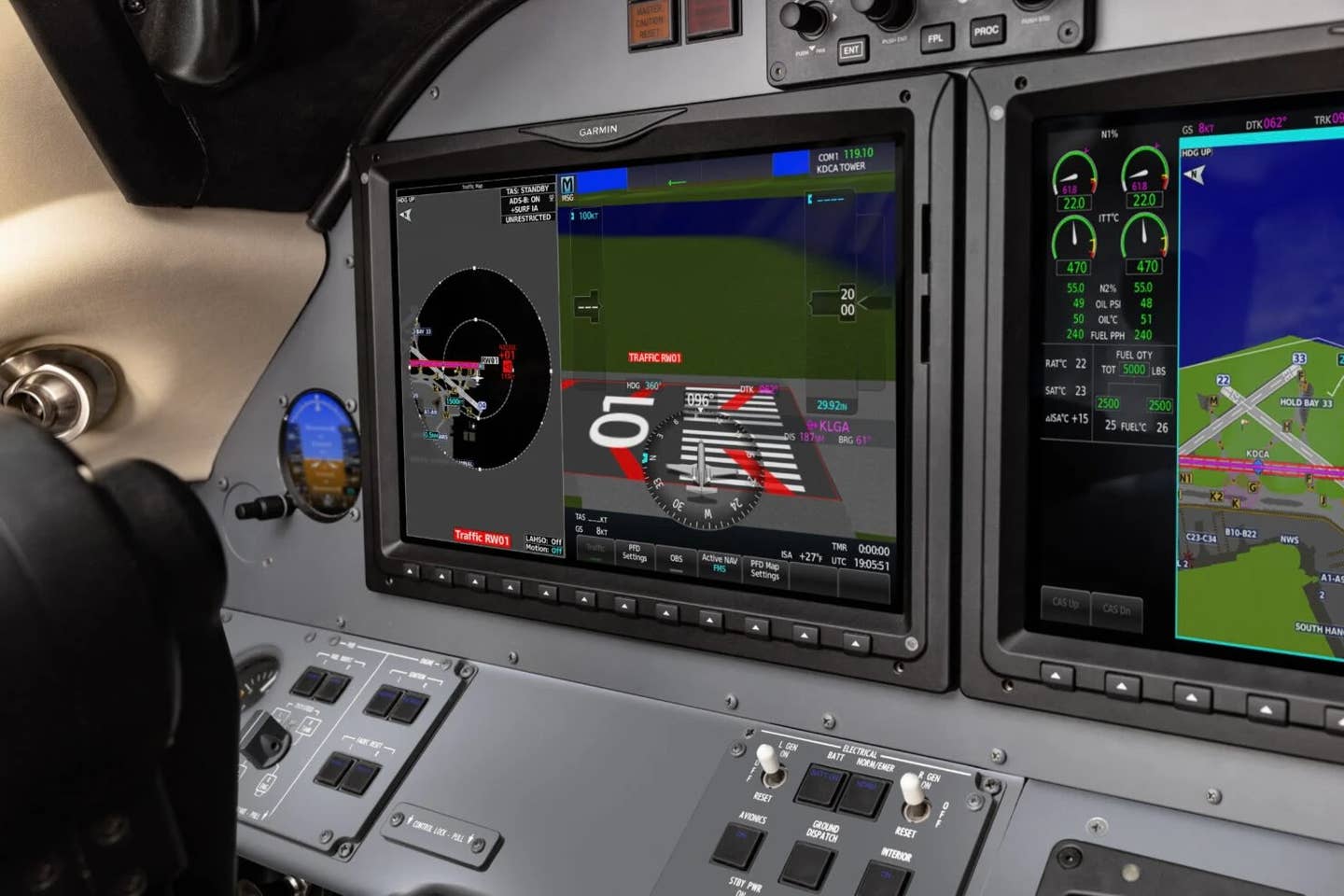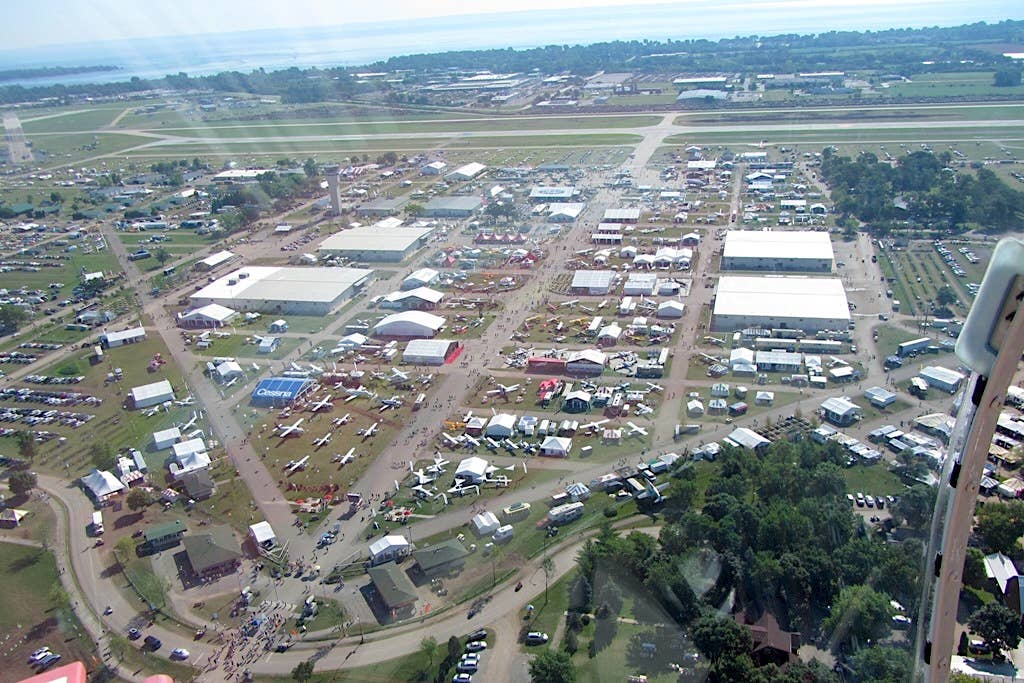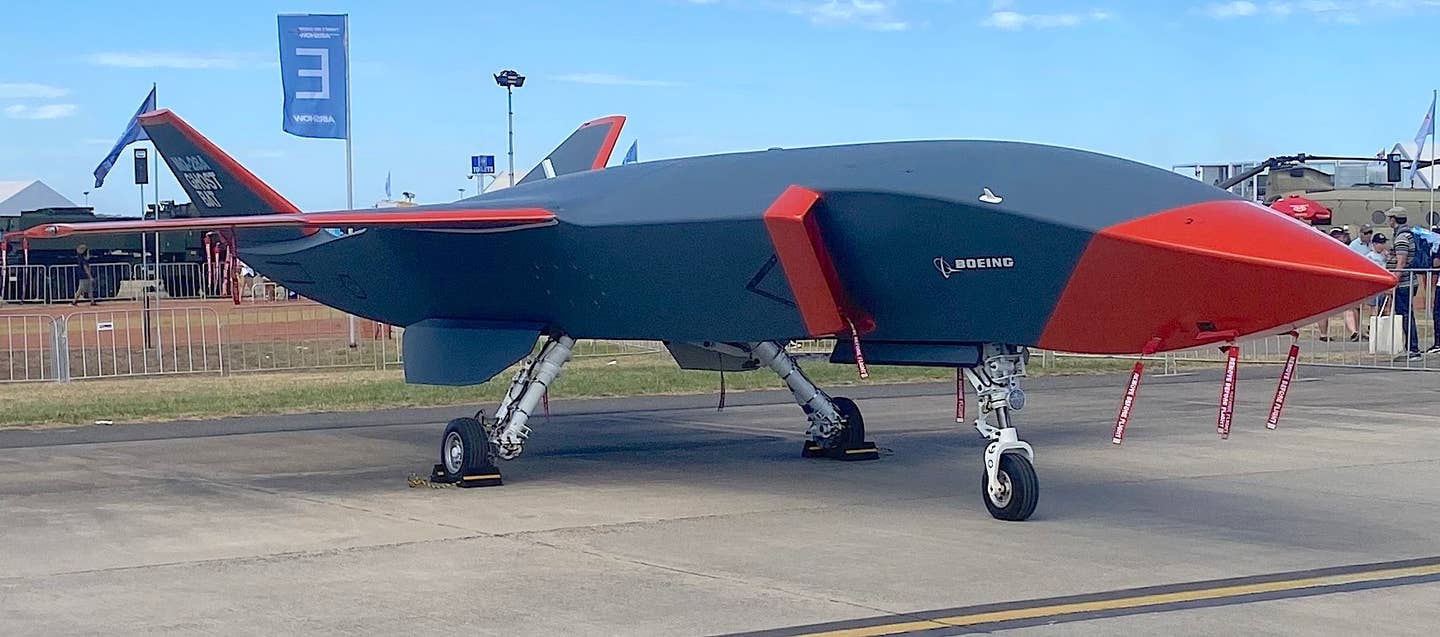Garmin Announces Runway/Taxiway Safety Software
Garmin announced this morning (Aug. 14) it has received certification for its runway occupancy awareness (ROA) software dubbed Surface Indications and Alert (SURF-IA). The software leverages ADS-B traffic information to…

Garmin announced this morning (Aug. 14) it has received certification for its runway occupancy awareness (ROA) software dubbed Surface Indications and Alert (SURF-IA). The software leverages ADS-B traffic information to call out potential runway incursions involving airborne traffic, aircraft on the ground and ground vehicles. Textron Aviation received FAA certification for the product installed on a G1000 NXi-equipped Cessna Caravan.
ROA technology assesses GPS and ADS-B traffic data for its relevance to the airport’s runway and taxiway status, alerting crews to possible runway or taxiway incursions. Caution and warning alerts are presented visually and aurally to advise the crew of possible hazardous conflicts. “ROA provides visual crew-alerting system (CAS) caution and warning annunciations on the pilot’s primary flight display (PFD) and highlights the runway yellow or red, depending on the level of threat, on Garmin’s Synthetic Vision Technology (SVT),” according to Garmin. Alerts are based on the level of the potential hazard, ranging from “no immediate collision hazard” to a “warning level alert” during which a collision could occur within 15 seconds.
Next up will be certification for the ROA software to be included in the Supplemental Type Certificate (STC) for the G5000 avionics suite in the Cessna Citation Excel, XLS, XLS+ and XLS Gen2, scheduled for September. Garmin said it “expects for the technology to be certified on more Garmin-equipped aircraft in the coming months.” Initially, the software will be available for integrated flight decks ranging from the G1000 NXi to the G5000, according to Garmin.
Phil Straub, Garmin executive VP and managing director for aviation, said, “With the rate of runway incursions increasing, there is a real need for increased safety tools in the cockpit. Equipping pilots with this technology can reduce the risk of runway incursions and help provide confidence for pilots navigating busy and complex airports.”






